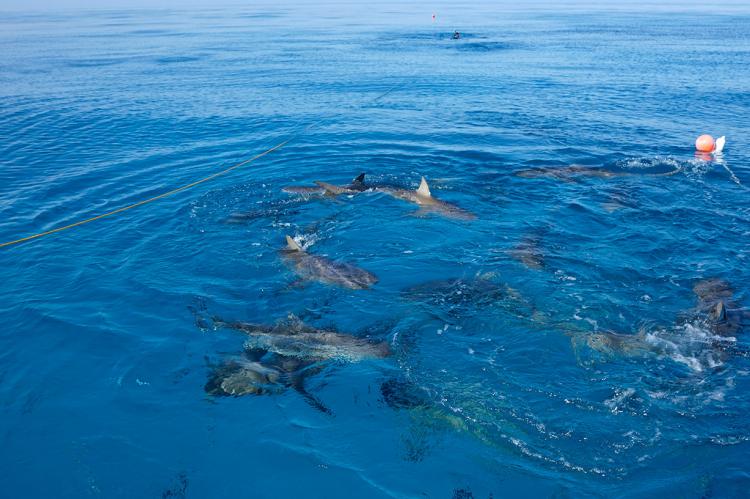US East coast shark populations improving
Results of NOAA's 2015 Coastal Shark Survey are very good news for shark populations. Numbers have steadily increased since 2001, indicating a healthy rise in shark populations.
The survey began in 1986 and is conducted every two to three years. It covers coastal waters from Florida, where coastal shark species concentrate during the winter and spring, north to Delaware, where many shark species migrate during spring and summer as more northerly waters warm. Following this migratory route, at this time of year, makes it easier to survey the whole population.
During their field work this summer NOAA scientists tagged 2,835 sharks, compared to the 1,831 tagged in the previous survey done in 2012.
Sandbar, Atlantic sharpnose, dusky, and tiger sharks were the most common shark species captured this year. In all, 13 shark species were among the 16 species of fish caught. The three non-shark species were remora, cobia and gold spot eel. The largest captured was a 12.5-ft tiger shark off North Carolina’s coast.
Great whites and bulls
Normally, the survey doesn’t yield great whites or bulls, says Lisa Natanson a research fish biologist NOAA. However, this year the team caught an unprecedented six bull sharks.
Natanson said the survey’s primary goal is to gather information about the distribution, abundance, and species composition of sharks found in these waters. Survey objectives also include tagging sharks for migration studies and collecting catch-per-unit-effort data.


